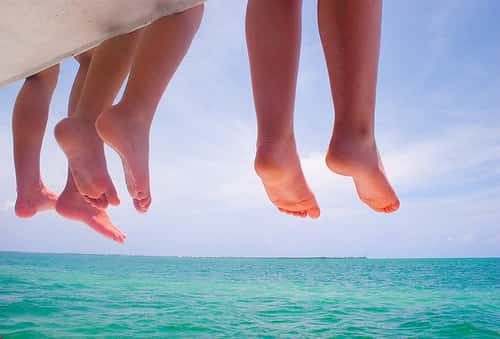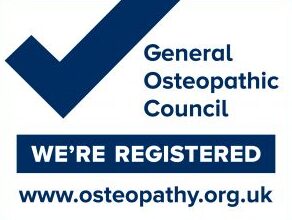
Running injuries usually occur when the in-built suspension mechanism of the lower limb has been compromised.
Running itself relies on a complex interaction between many different joints of your body. To make it simpler, we will focus on just the lower limb. Just take a moment and guess the number of foot bones that are involved in running?
Let’s take a guess, 10, 20, 30?
There are 26 bones and 33 joints. That is just in the foot alone. These go up to 33 bones and 39 joints if we stop counting at the pelvic area.
These bones and joints work together to allow us to run and walk upright in many different terrains or surfaces. From flat surfaces to rocky surfaces whilst being perched on 2 sticks (legs), essentially a top heavy humpty dumpty.
How do we accomplish this? Your body has developed joints to buffer and accommodate these changes in weight bearing like a car suspension – your ankles, knees and hips are effectively that.
Why do we have that many foot and ankles bones? They are to give stress forces a break so that we can resolve and accommodate the ground tension and our body weight plus gravity.
Runner’s injuries are usually caused by these buffering/ shock absorption zones of the lower limb not functioning.
Top 3 Most Common Running Injuries
1) Iliotibial band syndrome
What is it?
A stabbing pain on the side of the leg, just above the knee, made worse by running downhill.
Cause?
Tightness in the hip abductors and IT band – a tough group of fibres that run on the outside of the thigh from hip to shin.
Tip:
Using a foam roller may help release the IT band. Gently roll the foam roller up and down the length of the IT band.
Tightness in the hip flexors, the group of muscles that are responsible for lifting your knee, can contribute to IT band pain. Remember to stretch them.
2) Patellofemoral pain syndrome (aka runner’s knee)
What is it?
A constant ache underneath your kneecap when running that gets worse as the intensity of running increases.
Cause?
An imbalance of the quadricep muscles. Typically this means weakness in the muscle above the inside of the knee and tightness in the muscle on the outside of the knee.
Tip:
Strengthen the weak muscle and reduce tension in the tight one to keep your kneecap better aligned.
3) Plantar fasciitis
What is it?
Sharp pain at the base of the heel, particularly in the morning.
Cause?
Overtraining may cause microtears in the fascia. The collagenous fibres in the arch of the foot – which causes inflammation and extreme pain at the heel.
Other possible causes include having the wrong shoes or being flat footed.
Tip:
Roll the arch of the foot on a hard round object, such as a golf ball. It will be quite painful, but if you do this exercise regularly, the pain will subside.
Stretch your calves: the easiest way is by standing on the edge of a step and putting downwards pressure on the heel. Tightness can lead to increased Achilles and calf tension during each stride and put a lot more stress on the plantar fascia.
As osteopaths, we are interested in the functioning of these anatomical joints and soft tissue structures. Disruption in the mechanics of these structures will often result in pain and discomfort. Through treatment, we aim to reduce discomfort by restoring the natural weight bearing and suspension functions of the body.


